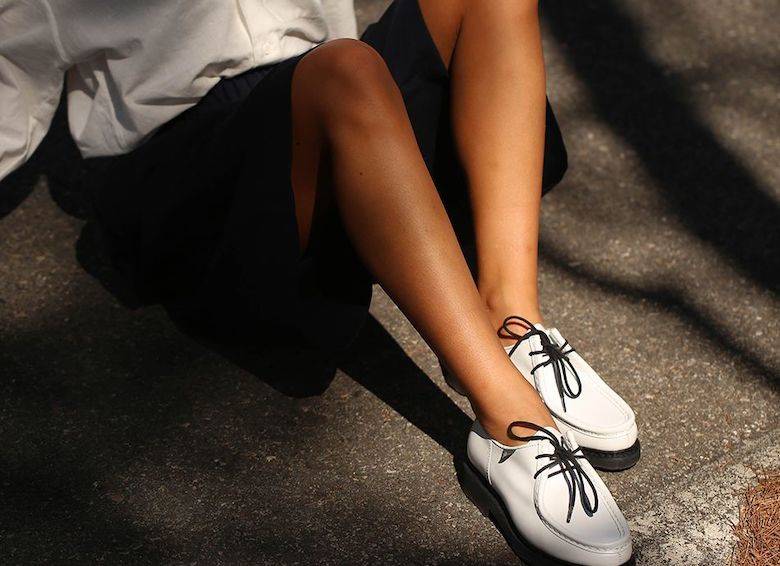It’s 150 manual operations for each Goodyear-welted shoe at Paraboot

French footwear brand Paraboot has calculated that its artisans have to master 150 different manual operations to be able to produce any of its Goodyear-welted shoes.
Goodyear-welting remains a mainstay of the brand’s collections, along with the less common method known as Norwegian welting, which involves double-stitching, with the upper being stitched to the sole vertically through the welts with a horizontal line of stitching coming afterwards to strengthen the welts’ attachment to the sole.
In a recent behind-the-scenes film about Paraboot production, presented by the French Footwear Federation, the brand’s marketing and communications director, Pierre Colin, said it’s essential for designers and pattern-makers to have from the outset “a mastery of the materials”. This includes the leather Paraboot uses, which is mostly high-quality calf leather, Mr Colin explained.
Rubber for the soles of Paraboot’s footwear is also a key material. Footwear companies began making shoes with light cotton canvas uppers and rubber soles in the nineteenth century, but Paraboot claims to have pioneered the combination of rubber soles and leather uppers, which it introduced soon after World War I. Other materials that Paraboot uses in some of its styles include raffia and canvas.
“Understanding how all of these elements work, understanding the mechanics of it all it’s what’s necessary to be able to make a shoe in the in the end,” Mr Colin said. “And if it’s for one of our Goodyear-welted styles, 150 different manual operations are required.”
Image: Paraboot.








